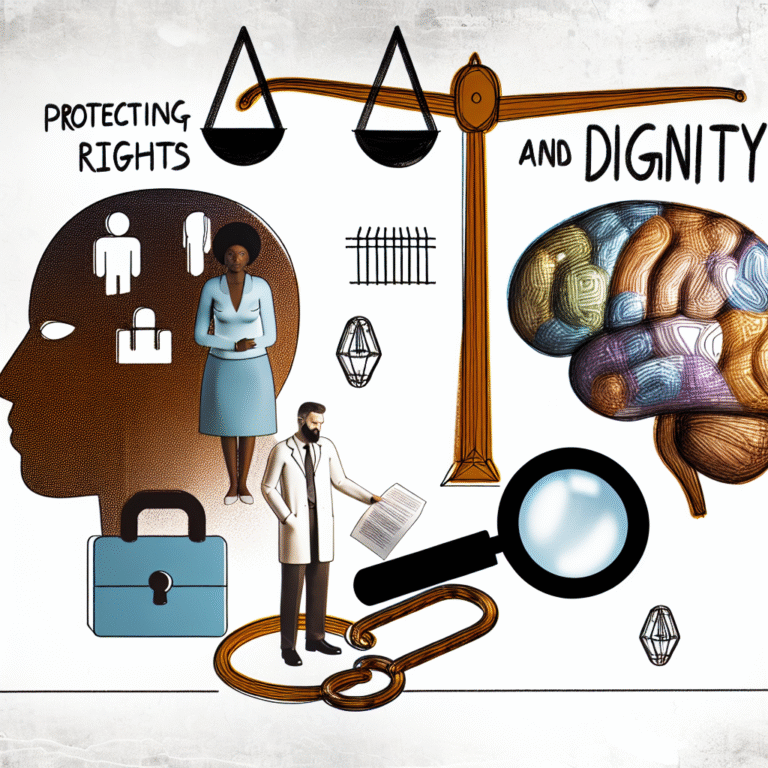
Beyond the Past: How Adult Relationships Thrive through Understanding Attachment Patterns
Introduction
In the intricate web of adult relationships, the early experiences we carry into adulthood can significantly impact how we connect with others. Have you ever found yourself wondering why you react a certain way to intimacy or commitment? The answer could lie in understanding attachment patterns—a concept that, once grasped, can serve as a powerful tool for personal growth and healthier relationships. In this exploration titled "Beyond the Past: How Adult Relationships Thrive through Understanding Attachment Patterns," we will delve deep into the realm of attachment theory, unlocking the secrets to thriving adult relationships by understanding our past and how it shapes our future.
What is Attachment Theory?
Attachment theory, developed by psychologist John Bowlby and later expanded by Mary Ainsworth, posits that the bonds formed between children and their primary caregivers shape their relationship styles in adulthood. The fundamental idea is that the early interactions—whether nurturing and secure or inconsistent and neglectful—profoundly influence how adults engage in romantic and platonic relationships.
The Four Attachment Styles
Secure Attachment: Characterized by a healthy balance of intimacy and independence, individuals with a secure attachment style feel comfortable expressing their needs and engaging with their partners.
Anxious Attachment: Those with an anxious attachment style often worry about their partner’s love and commitment. They may exhibit clingy behaviors, fearing abandonment.
Avoidant Attachment: Individuals with this style tend to avoid closeness and intimacy, often valuing independence over relationship connections. They may see emotional expression as a weakness.
- Disorganized Attachment: This style reflects a mix of anxious and avoidant behaviors, often stemming from trauma or inconsistent caregiving in childhood. Individuals may struggle profoundly with trust and intimacy.
The Relevance of Attachment Patterns in Adult Relationships
Understanding these attachment styles is crucial for adults seeking to navigate romantic relationships effectively. While our past influences our present, we have the power to modify our behavior and approach to relationships to foster greater emotional connection and satisfaction.
Case Study: The Secure Anchor
Name: Sarah and James
Attachment Styles: Secure and Anxious
Sarah, who has a secure attachment style, began dating James, who often exhibited anxious tendencies. At first, James’s clingy behavior strained their relationship. However, Sarah’s understanding of her style helped her respond to James’s fears with patience and reassurance. They established open communication about their feelings, which gradually helped James feel more secure in the relationship.
Analysis
This case study highlights how a secure attachment can influence and positively impact a relationship, even when one partner has an anxious attachment style. Communication and an understanding of attachment patterns were essential in nurturing their bond.
Recognizing Your Own Attachment Style
To move beyond the past and thrive in adult relationships, one must first identify their attachment style. Here are steps to recognize your pattern:
Self-Reflection Questions
- Do I often worry about my partner’s feelings for me?
- How do I react when my partner wants to discuss our relationship?
- Am I comfortable with emotional intimacy, or do I tend to withdraw?
Online Assessments
Several online quizzes are available that can help evaluate your attachment style. Combining these assessments with introspective self-reflection provides a clearer picture of your attachment tendencies.
Shifting Beyond the Past: Strategies for Growth
Understanding your attachment style is only the first step; transforming those patterns to thrive in adult relationships is the ultimate goal. Here are some essential strategies to help you on this journey.
1. Open Communication
Discussing attachment styles with your partner can create a safe space for vulnerability and understanding. The conversation can delve into how your backgrounds influence your relationship dynamics.
2. Embrace Vulnerability
Learning to express your feelings is vital. Vulnerability fosters intimacy and connects partners more profoundly. While it may seem frightening initially, taking this leap can lead to a richer partnership.
3. Educate Yourself
Reading literature on attachment theory can provide insights that spark meaningful discussions. Books like "Attached" by Amir Levine and Rachel Heller offer approachable explorations of the topic.
4. Seek Professional Guidance
Individual or couples therapy can provide a structured environment to address attachment-related issues. Therapists specializing in attachment theory can offer tailored strategies for growth.
5. Practice Self-Compassion
Recognize that changing deeply ingrained patterns takes time. Practice self-compassion by acknowledging your progress and being patient with yourself through this journey.
Chart: The Transformation Process
| Step | Action | Outcome |
|---|---|---|
| Identify Attachment Style | Self-reflect and assess | Increased awareness |
| Communicate with Partner | Share feelings and fears | Enhanced understanding |
| Embrace Vulnerability | Open up emotionally | Deeper intimacy |
| Educate Yourself | Read and discuss | Knowledge boosts relationship |
| Seek Professional Help | Engage in therapy | Targeted strategies for growth |
Case Study: Breaking the Cycle
Name: Alex and Taylor
Attachment Styles: Avoidant and Secure
Alex, who identified with an avoidant attachment style, often distanced himself during conflicts with Taylor, who had a secure attachment style. Understanding his behavior as a product of his past relationships allowed Alex to initiate change. Taylor’s reassurance and patience were crucial, enabling Alex to confront his fears of intimacy gradually.
Analysis
This case study showcases how awareness and supportive dialogues can help break the cycle of avoidance, leading to more fulfilling interactions. Taylor’s secure style provided a stable environment for Alex to challenge his avoidant tendencies.
Summary of Key Points
Throughout our exploration of "Beyond the Past: How Adult Relationships Thrive through Understanding Attachment Patterns," we have learned:
- Attachment styles formed in childhood significantly shape adult relationships.
- Recognizing one’s own attachment style lays the foundation for emotional growth.
- Meaningful communication and vulnerability can profoundly enhance relationship dynamics.
- There are actionable strategies to shift one’s attachment style and embrace healthier relational patterns.
Inspiring Takeaway
By committing to understanding and reshaping our attachment patterns, we can transcend our past experiences and cultivate rich, meaningful relationships. Remember, every step toward growth is a step in the direction of greater intimacy and connection.
FAQs
1. What is attachment theory?
Attachment theory explains how the emotional bonds between caregivers and children shape adult relationships. It identifies four main attachment styles: secure, anxious, avoidant, and disorganized.
2. How can I determine my attachment style?
You can determine your attachment style through introspective questions and online assessments that evaluate your feelings and behaviors in relationships.
3. What can I do to change my attachment style?
To shift your attachment style, focus on open communication, embrace vulnerability, educate yourself, consider therapy, and practice self-compassion.
4. Can relationships work when partners have different attachment styles?
Yes, relationships can work across different attachment styles. Understanding each other’s patterns and communicating openly can bridge differences and enhance intimacy.
5. How can my partner support me in this journey?
Your partner can support you by encouraging open dialogue, being patient with your growth, and actively participating in learning about attachment patterns together.
By taking these insights to heart, we can make excellent strides in our relationships, transcending the structures of our past and fostering bonds that are not only resilient but deeply fulfilling. The journey beyond the past starts with understanding attachment patterns—and ultimately transforms our connections for the better.
















